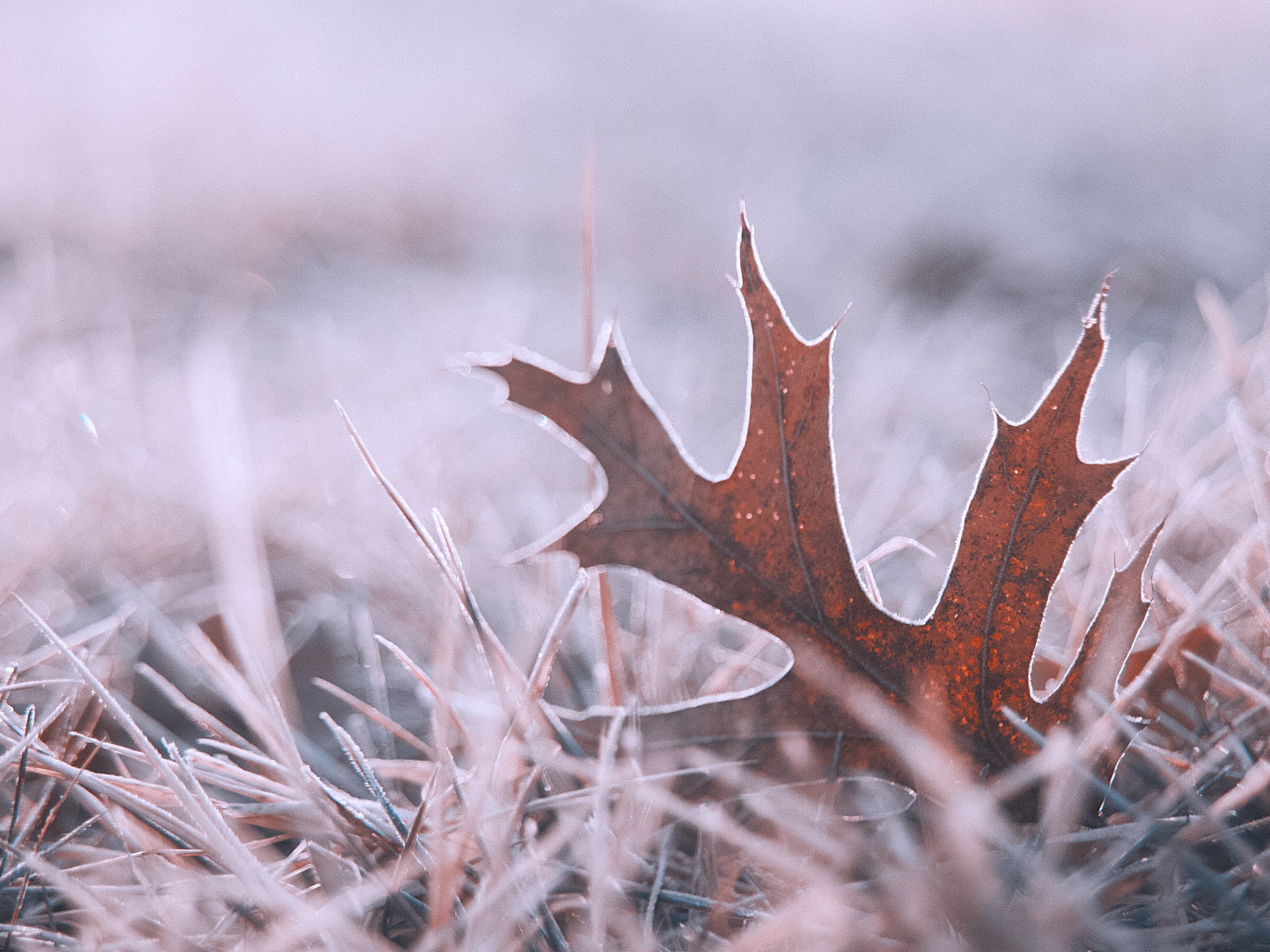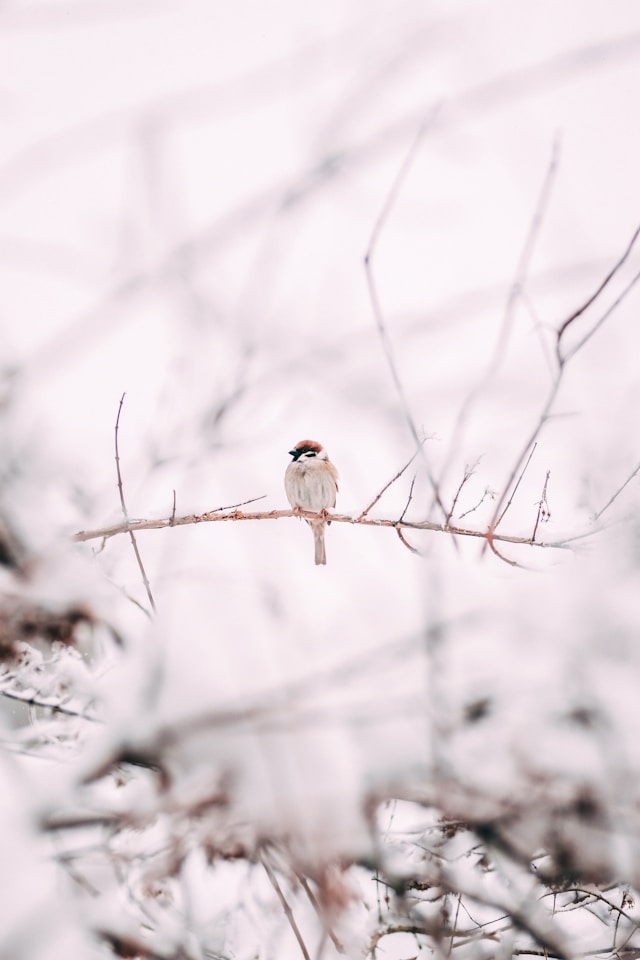
As autumn winds down, it is time to give your garden what it needs to prepare for winter. The approach experts take to prepare their gardens before winter is simple. Evaluate this year’s progress and determine what’s necessary to make next year even better.
In this guide, we’ll walk you through practical winterization tips tailored to Oklahoma’s unique climate, focusing on hardy perennials and ornamental grasses. These plants, when properly tended, can emerge stronger and more vibrant after their winter rest.
Hardy perennials and ornamental grasses are a couple of areas where proactivity can result in productive gains. Dividing these herbaceous plants every few years will rejuvenate their growth next season. It can also increase their numbers to accommodate design changes.
If you have doubts about the hardiness of some perennials, better to protect them until spring when they can be safely divided and relocated.
This article will provide additional winterization do’s and don’ts. You know your plants, soil conditions, and unique weather effects better than anyone, so always weigh everything as you make decisions to optimize your outcomes.
Why Winter Prep Matters for Oklahoma Gardens
Oklahoma’s variable winter weather – with its occasional warm spells and sudden freezes – means that a little preparation goes a long way in ensuring a smooth transition from winter dormancy to spring growth. Winter mulching and avoiding late-season fertilization will help your plants stay dormant and protect them from temperature swings. By dividing and assessing your perennials now, you’ll also set up your garden to come back stronger in the spring.
#1. Assess The Design And Plant Health
If you have marginally hardy perennials or newer plantings that are still establishing, consider using frost cloths or burlap wraps for added insulation. This is especially helpful for Oklahoma’s unpredictable late-winter thaws and frosts.
Inspecting your garden for pests now will save trouble next spring. If any plants appear diseased, remove and dispose of the foliage to prevent overwintering pathogens from affecting your garden next year.
#2. Selectively Prune What Stays
Cut back spent foliage on your perennials, but not too far. Removing the top two-thirds is the rule of thumb. This leaves some foliage for the plant to effectively transition its systems for dormancy.
Avoid trimming your ornamental grasses unless absolutely necessary. There’s nothing to gain from this practice and a few things you’ll lose. Ornamental grasses can be the stars of the winter garden. They sparkle after a morning frost or light snow, and their movement with winter winds adds interest.
#3. Divide And Transpant Or Gift To Friends

The hardiest perennials and most ornamental grasses will greatly benefit from being divided now. This practice refreshes root systems for more vigorous growth next spring.
It’s not necessary to completely uproot plants to accomplish this. Instead thrust a spade into the base of the plant to section off a third or half that can be planted elsewhere in the garden. Then backfill that void with fresh topsoil.
For additional benefits, it’s helpful to again divide the remaining portion with a space, slightly prying the two sections apart and topdress with a little soil. It’s likely you’ll have more divisions you can use. Share these with friends who may have some to share with you.
#4. Cultivate and Mulch Beds
Spread a 2-3 inch layer of organic mulch around the base of your perennials to insulate roots, retain soil moisture, and protect against winter freeze-thaw cycles. This can be any kind of organic matter. If using a leaves, grasses and perennials, try to mix them equally to obtain a balance of nutrients.
After competing this step, you may wish to topdress all garden beds with a shredded hardwood bark mulch to lock the organic matter in place and provide a consistent appearance.

#5. Leave Habitat And Food For Birds
Let seed heads on plants like coneflowers, black-eyed susans, and sedums intact. These and most native prairie plants provide valuable food that attracts birds that overwinter. Their activity adds interest to the garden when it’s needed most.
The additional bonus is many of those seeds will germinate new plants that refresh and fill out those spaces. Coneflowers and black-eyed susans that have overwintered are always more vibrant than new additions.
#6. Tidy Up And Water
Rake up leaves from your lawn to prevent mold, but allow some to remain in garden beds, as they create a natural mulch. Decomposing leaves contribute organic matter to the soil and provide shelter for beneficial insects.
A deep watering session in late fall is essential, especially after a dry summer. This helps your plants go into winter well-hydrated, giving their roots a healthy start next season. Be sure to water deeply before the ground freezes to give roots enough moisture through the colder months.
Save fertilizer for early spring to jump-start the growing season instead. Fertilizing perennials in fall encourages new growth that is vulnerable to winter damage.
#7. Photograph and Record Next Steps
Consider where you might need more plants or structure in your garden, and make notes for spring. Winter is the perfect time to strategize your next moves for a balanced, resilient garden.
A record of your garden before winterization is your baseline. You may find it helpful to also have in-progress photos as you divide and relocate perennials. Finally, take plenty of photos of the finished work before adding that final layer of mulch.
Some perennials may not emerge as quickly as others. Your photos will provide a useful guide for identifying areas that may require a little extra care when springtime arrives.
Proactive Landscaping: Helping Oklahoma Homeowners Enjoy Outdoor Living
Our top priority is creating living spaces that are right for you. We pride ourselves on working with you from concept to construction to create the right landscape for your needs. Contact us today for a free consultation to explore your next landscaping project.

